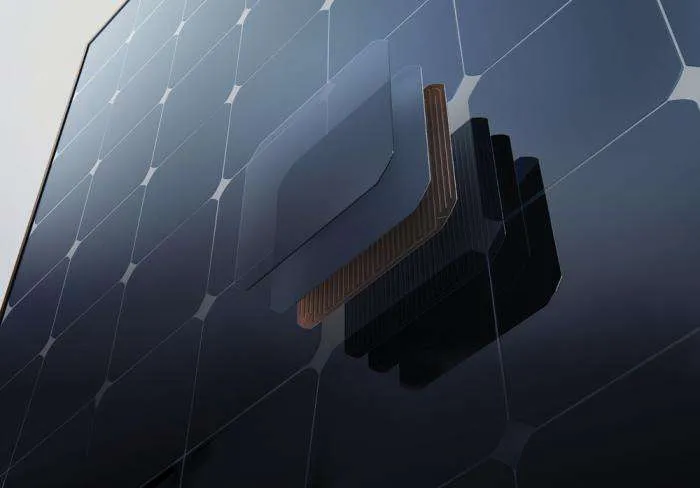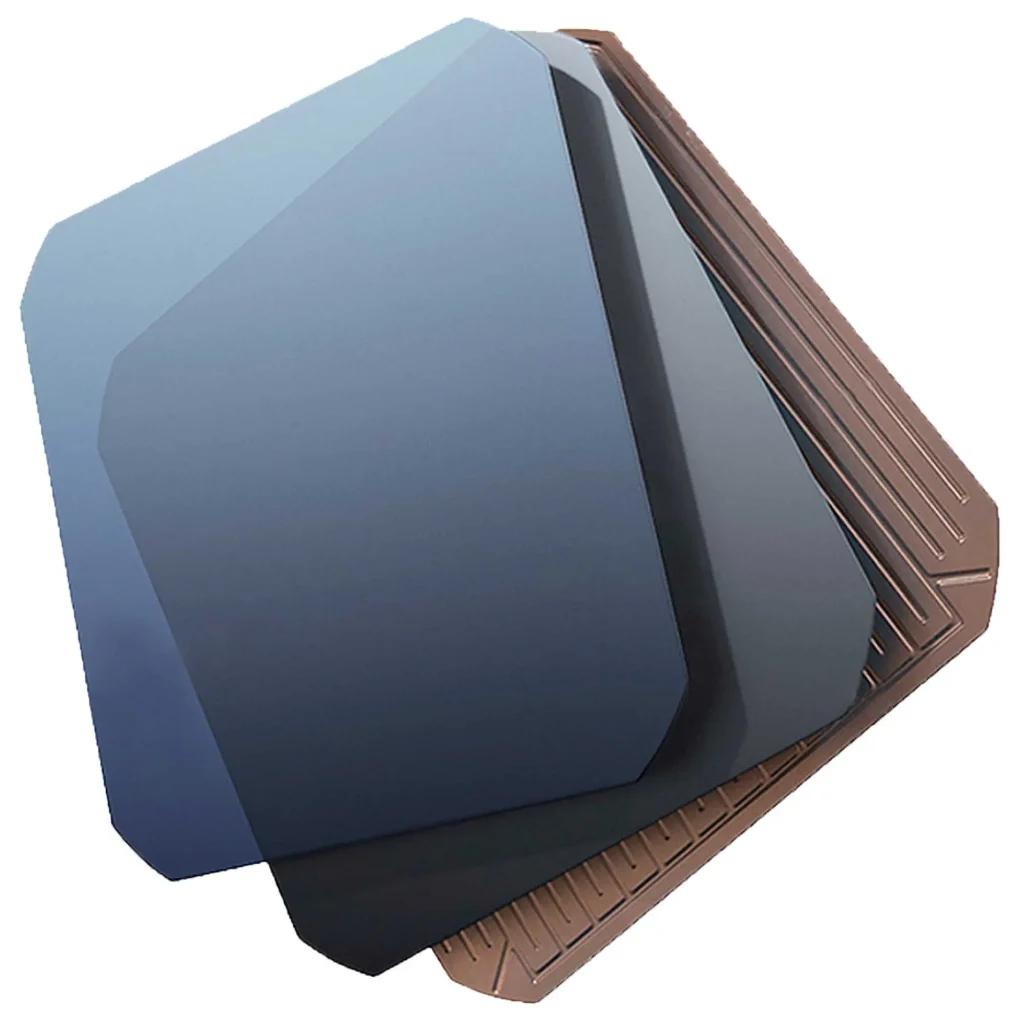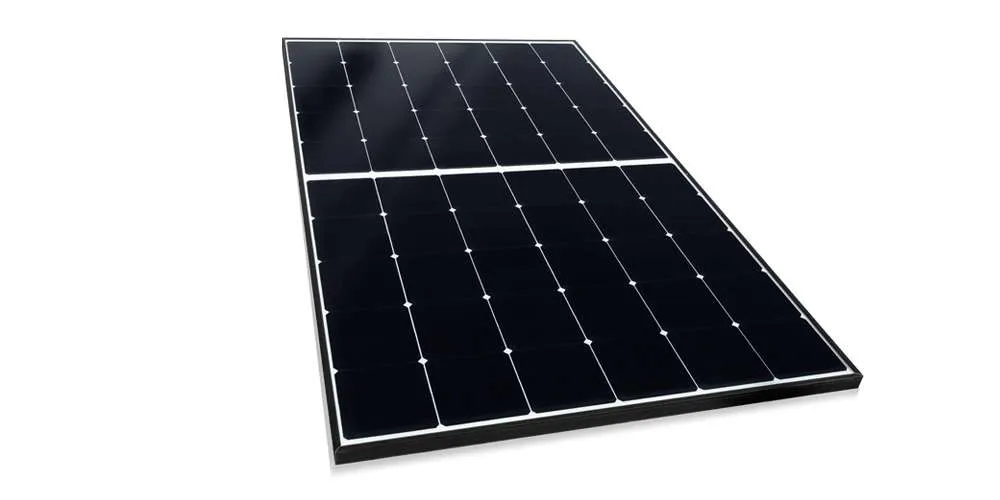Solar energy is one of the most promising sources of clean and renewable energy. In recent years, the demand for solar energy has grown rapidly as people become more aware of the environmental impact of traditional energy sources. As a result, researchers have been working to develop new and more efficient solar cell technologies to meet the growing demand. In addition to TOPCON technology, which has recently become a popular photovoltaic technology, IBC solar cell wafers are also one of the. Such technology is the Interrogated Back Contact (IBC) solar cell.
An IBC solar cell is a type of photovoltaic cell that has its electrical contacts on the back of the cell, instead of the front. This design offers several advantages over traditional solar cells, which have their electrical contacts on the front. In this article, we will discuss what IBC solar cells are, how they work, and their benefits and limitations.
What are IBC Solar Cells?
N-type IBC solar panels are a type of photovoltaic cell that is designed to be more efficient than traditional solar cells. Unlike traditional cells, IBC cells have their electrical contacts on the back of the cell, instead of the front. This design allows for more of the surface area of the cell to be used for the absorption of light, which results in a higher efficiency rate.
How do IBC Solar Cells Work?
IBC solar cells work by converting light into electricity. When light enters the cell, it creates an electric field, which causes electrons to flow, creating a flow of electrical current. The back contacts of the cell collect the current and carry it to an inverter, which converts it into usable AC power.
The key to the efficiency of IBC solar cells is their design. The interdigitated back contacts, or IBCs, are made up of a series of thin metal lines that are arranged in an interlocking pattern. This pattern creates a large surface area for the absorption of light, which allows the cell to produce more electricity per unit of surface area than traditional cells. Additionally, the IBC design minimizes the resistance of the electrical current, which reduces the amount of energy lost as heat.
Benefits of IBC Solar Cells
IBC solar cells offer several advantages over traditional solar cells, including:
Higher Efficiency: IBC solar cells are more efficient than traditional cells because they allow more of the surface area of the cell to be used for the absorption of light. This results in a higher efficiency rate, meaning that more electricity can be produced from a given amount of light.
Lower Cost: Because IBC solar cells are more efficient, they require less surface area to produce the same amount of electricity as traditional cells. This means that less material is needed to produce a given amount of electricity, which reduces the cost of production.
Improved Reliability: The interdigitated back contacts of IBC solar cells reduce the resistance of the electrical current, which reduces the amount of energy lost as heat. This means that the cells are less likely to degrade over time and are more reliable than traditional cells.
Better Appearance: Because the electrical contacts of IBC solar cells are on the back of the cell, they are less visible and do not detract from the appearance of the solar panel. This makes them a better choice for installations where appearance is a concern.
Limitations of IBC Solar Cells
While IBC solar cells offer several advantages over traditional cells, there are also some limitations to consider:
Complexity: The interdigitated back contacts of IBC solar cells are more complex than traditional electrical contacts, which can make them more difficult to manufacture. This complexity can result in higher production costs and lower yields.
Limited Availability: IBC cell technology is still relatively new, and as a result, it is not yet widely available. While production is increasing, IBC solar cells may still be difficult to find or purchase in some areas.
Higher Initial Cost: Despite the long-term cost savings offered by IBC solar cells, their initial cost may be higher than traditional cells due to the complexity of their design and the additional materials needed to manufacture them.
IBC solar cells are a promising new technology that offer several advantages over traditional solar cells. Their higher efficiency and lower costs make them an attractive option for those looking to invest in solar energy. However, it is important to consider their limitations, such as the complexity of their design and limited availability, before making a decision. Overall, IBC solar cells are an innovative and promising technology that have the potential to play a major role in the future of renewable energy.
As solar energy continues to grow in popularity, it is important for individuals and organizations to understand the different types of solar cells available and their benefits and limitations. By making informed decisions about the technology they use, they can ensure that they are making the best investment for their energy needs.














